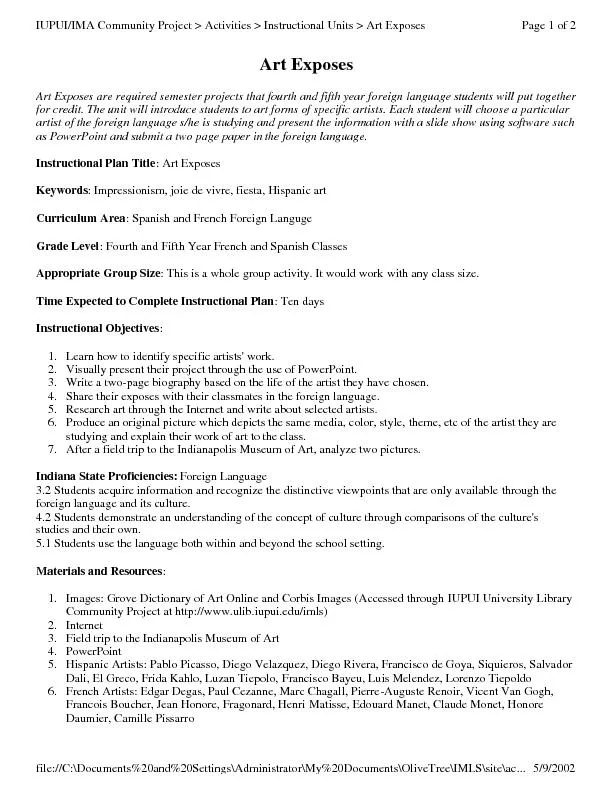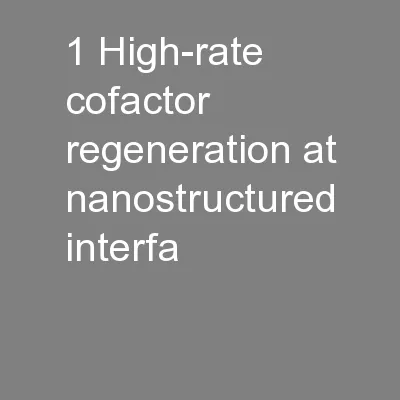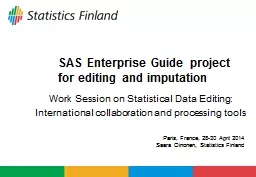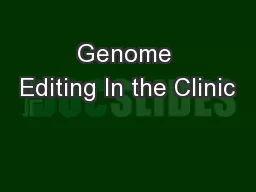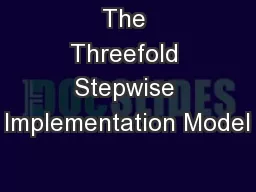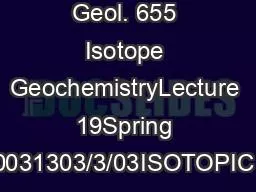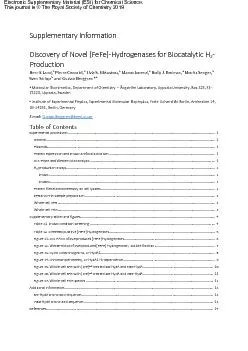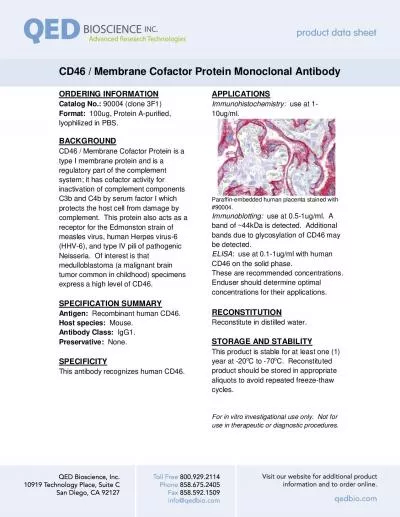PDF-Stepwise Isotope Editing of [FeFe]-Hydrogenases Exposes Cofactor Dynam
Author : amey | Published Date : 2021-02-11
ATRFTIR experiments IR data evaluation and rootmeansquaredeviation rmsd calculation DFT calculations otein film formation Optical absorption spectra of HY ATRFTIR
Presentation Embed Code
Download Presentation
Download Presentation The PPT/PDF document "Stepwise Isotope Editing of [FeFe]-Hydro..." is the property of its rightful owner. Permission is granted to download and print the materials on this website for personal, non-commercial use only, and to display it on your personal computer provided you do not modify the materials and that you retain all copyright notices contained in the materials. By downloading content from our website, you accept the terms of this agreement.
Stepwise Isotope Editing of [FeFe]-Hydrogenases Exposes Cofactor Dynam: Transcript
Download Rules Of Document
"Stepwise Isotope Editing of [FeFe]-Hydrogenases Exposes Cofactor Dynam"The content belongs to its owner. You may download and print it for personal use, without modification, and keep all copyright notices. By downloading, you agree to these terms.
Related Documents

![PDF-Stepwise Isotope Editing of [FeFe]-Hydrogenases Exposes Cofactor Dynam](https://thumbs.docslides.com/831435/stepwise-isotope-editing-of-fefe-hydrogenases-exposes-cofactor-dynam.jpg)
